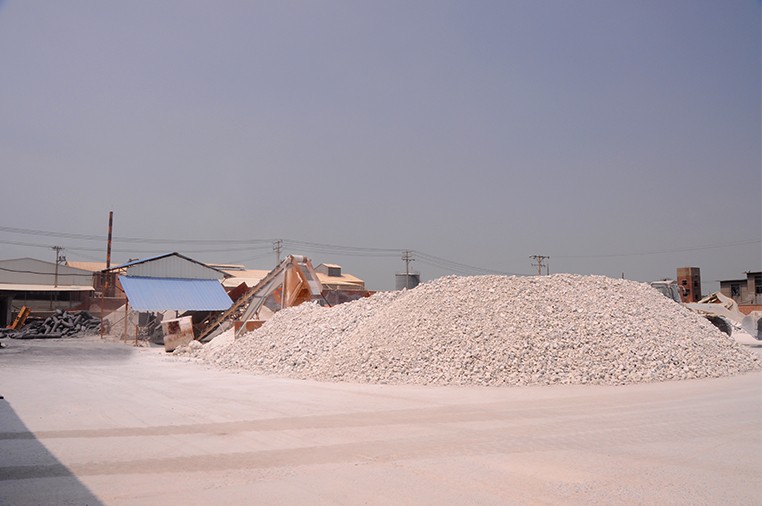Before the 1980s, for more than 30 years, the national production of sintered magnesia was mainly undertaken by the original Anshan Iron and Steel Dashiqiao Magnesium Mine. The shaft kilns of 25 cubic meters, 32 cubic meters, 40 cubic meters, 47 cubic meters and 55 cubic meters were used successively, with coke as the fuel and massive magnesite as the raw material, and the re-burned magnesia with 92% MgO content was produced by one-step calcination and manual discharge, which provided raw materials for the bricks for the national open hearth steelmaking. Magnesite
The defects of this process are: the utilization rate of ore is low, and the fine ore cannot be used; The content of impurities is high, and the ash in coke will pollute the magnesia, increase the content of SiO2 and Al2O3 in the magnesia, and the content of MgO can only be guaranteed at 92%; The continuous operation is poor. The large magnesite ore is decomposed by heat, and small particles of ore are adhered to the kiln wall. The materials in the kiln are prone to "lumping", which causes frequent changes in the material flow and thermal system in the kiln, resulting in shutdown accidents and the inability to realize mechanized operation.

The density of magnesia is low. Magnesite is decomposed in the kiln, releasing CO2 and turning into light burned MgO, but its MgCO3 "mother salt illusion" still exists, which is not conducive to the further densification of magnesia. The bulk density of sintered magnesia is only between 3.0g and 3.1g per cubic centimeter; The environment is seriously polluted. Magnesite decomposes a large amount of CO2 and combustion flue gas mixed with fine coke particles and light burning dust fly out of the kiln, which pollutes the environment and makes it difficult to control high temperature flue gas.
At present, China's heavy calcined magnesia is still calcined in solid fuel shaft kiln with secondary and tertiary ores. The MgO content of magnesia is 90%~92%, and the bulk density is more than 3.10 grams per cubic centimeter. The re-burned magnesia is the main raw material for the production of ordinary magnesia fired bricks and amorphous refractories. At present, the annual output of Liaoning Province is estimated to be 2.5 million tons; Due to the availability of tertiary minerals, the product price is low and there is a market, which is difficult to eliminate at present.